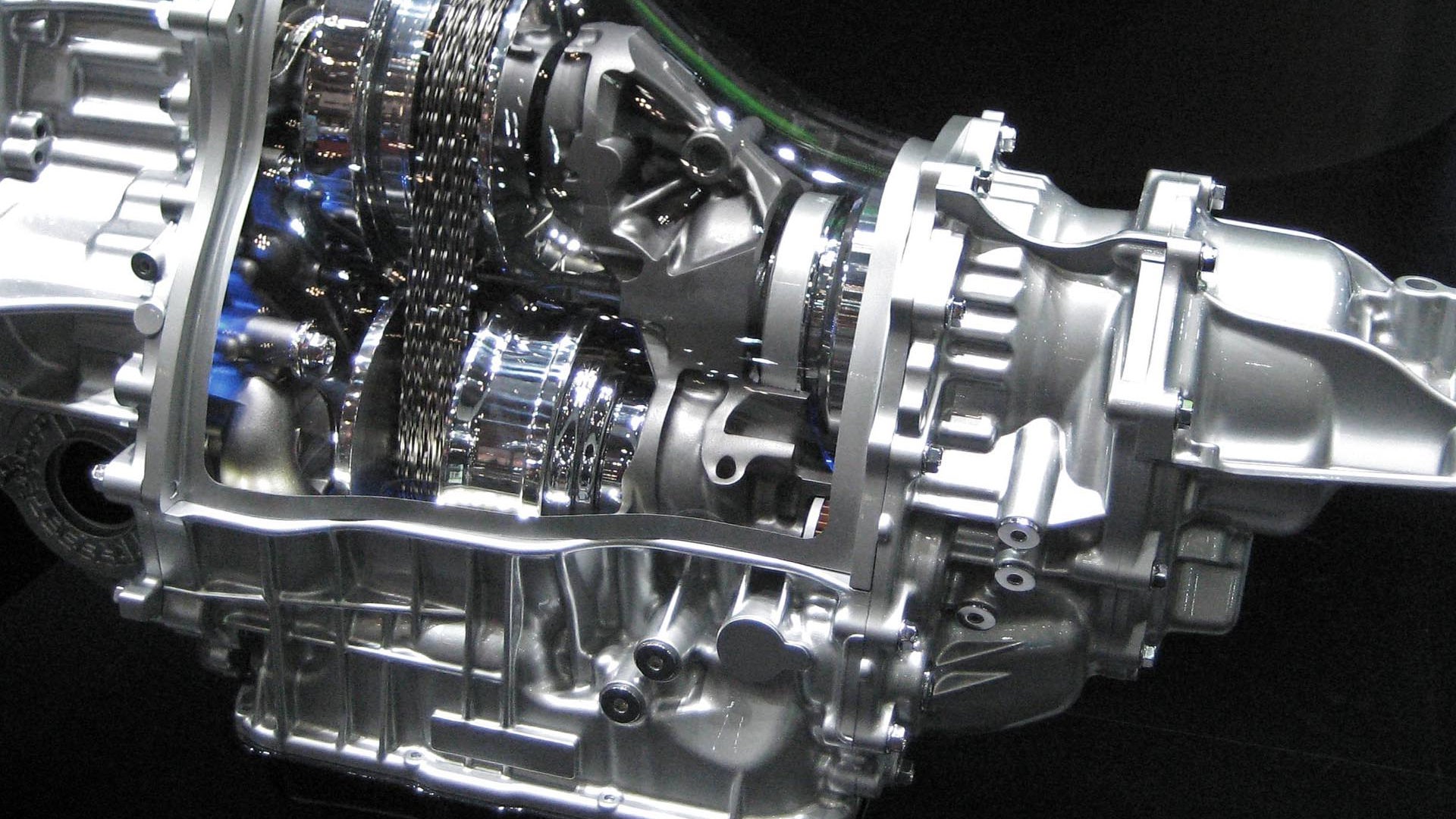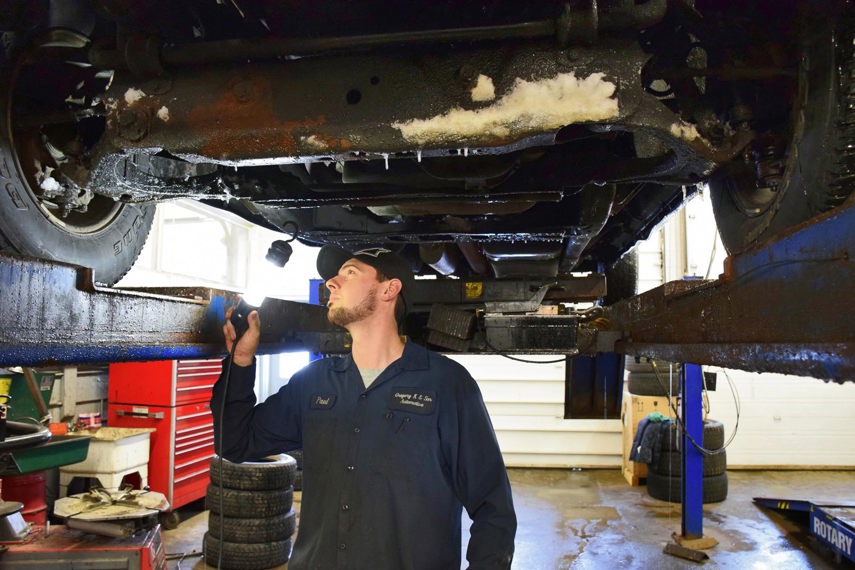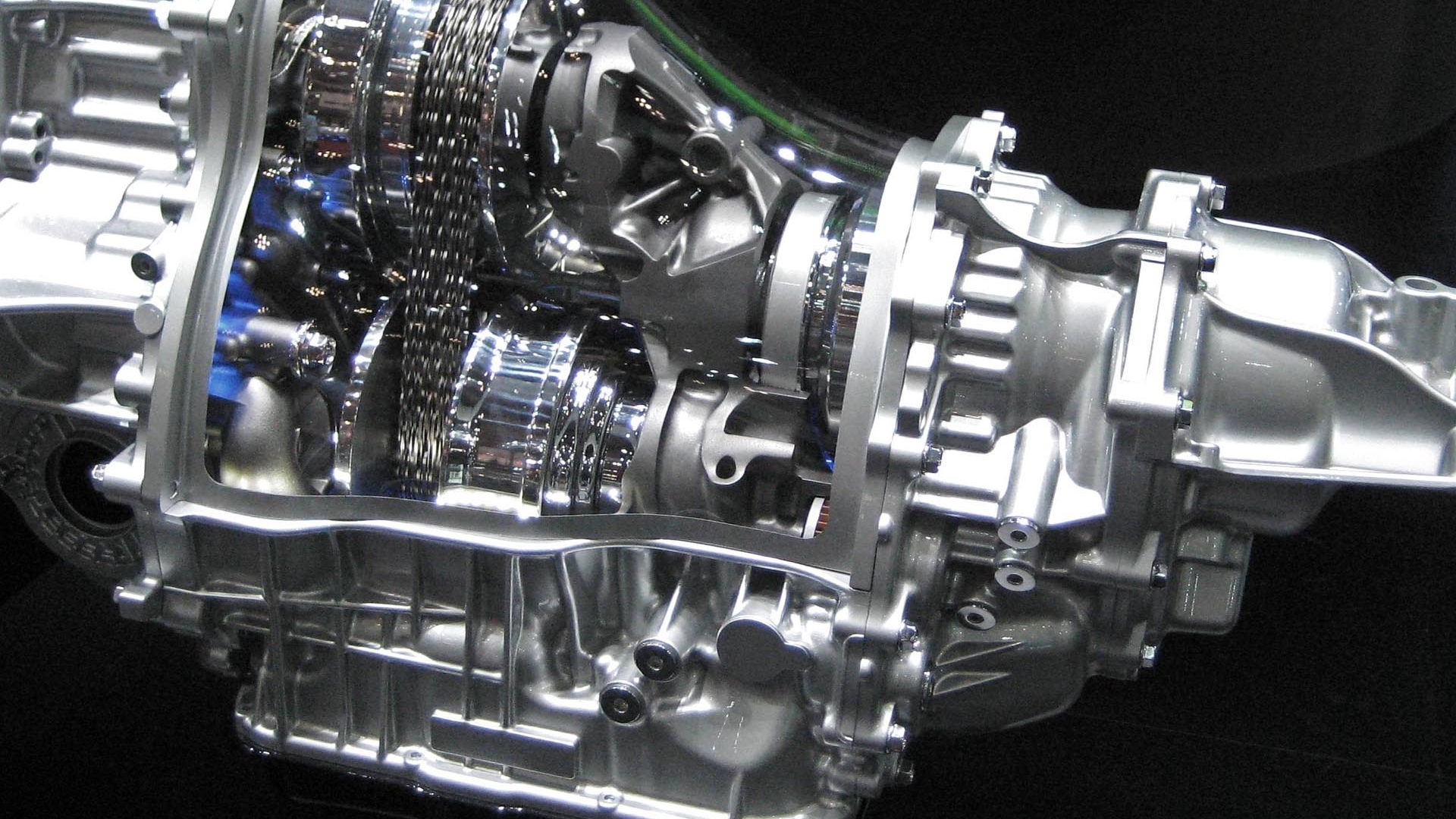The continuously variable transmission (CVT) has been around for years. With the ability to smooth out an engine’s performance and turn in lower fuel bills, many automakers use the CVT across their model lines in lieu of a traditional automatic transmission, with Nissan, Subaru, Mitsubishi, Honda, and Toyota favouring this type of transmission for many applications.
Below, we’ll cover some facts and considerations to bear in mind before you buy a used vehicle with a CVT and look at some ways to help keep it in tip-top shape for years to come.
Be sure to check out our extensive list of Used Car Reviews for specific information on any used CVT-equipped vehicle you might be considering.

Are CVTs Reliable?
Vehicles are machines made of parts and components that will eventually wear out and fail. The rate at which this happens is subject to many variables including the way the vehicle is driven, and how well it was cared for and maintained throughout its life.
Thanks to Facebook groups and online forums dedicated to specific vehicle makes and models, owners communities have done a good job of documenting problems experienced by members, including problems with transmissions. When shopping for a used car, they can prove to be an invaluable resource.
However, remembering that most drivers don’t take to the internet to talk about how flawlessly their car performed on a given day, it’s important to bear in mind that for every owner reporting trouble, many more are not. Put another way, online complaints represent the experiences of a fraction of the owner’s community, and that’s true whether we’re talking transmissions, electronics, or entire vehicles.
The upshot? Some owners of CVT-equipped vehicles have reported problems with their transmissions – but most have not.
What to Expect
Some CVTs feel different in action than the conventional automatic or manual transmission that a driver might be used to. With a conventional transmission, a pre-set number of gears results in distinctive shifting up and down as the car drives, which is what most drivers perceive to be normal. A CVT transmission, on the other hand, has no pre-set gears and therefore doesn’t normally produce a stepped “shifting” feel when accelerating or decelerating.
Some manufacturers try to produce a transmission response more in line with driver expectations by using additional components and programming in their CVTs to mimic a regular automatic transmission. Still, earlier CVT transmissions (and even some more modern ones) may feel more vague and less precise than a regular automatic, and this is normal.
In any case, from the driver’s seat, a CVT works just like a regular automatic. There’s no clutch pedal to press; you simply shift into gear and go.
Note that in extreme cold, a conventional transmission may make unusual noises or feel harsh, rough, or clumsy until the fluid within it begins to heat up. This is the case for the CVT as well. On the coldest winter days, some unusual noises, sensations, or responses may be observed for the first few moments of your drive.
Check the Towing Capacity
You won’t find a CVT in a used pickup truck, but you will find one in a boatload of used crossovers and SUVs you might be considering. If you’ll tow frequently, be sure to check the towing capacity, first. Some CVT-equipped crossovers from the used market can’t tow as much as their counterparts with conventional automatic transmissions.

Before You Buy
Based on years of compiling data for autoTRADER.ca’s regular used car review features, I’d advise a few specific tips and considerations before you buy a used vehicle with a CVT.
Like all transmissions, a CVT requires regular maintenance, care, and inspections to keep things healthy, and to keep any remaining warranty intact. And as with other transmissions, I’ve encountered numerous stories about CVT problems caused by a failure of the owner to properly maintain it.
In one case, a DIY oil change with incorrect fluid nuked a driver’s transmission (as well as its remaining warranty) and left him with a pricey repair bill. In another case, an owner stretched the transmission’s fluid-change intervals, which resulted in damage that wasn’t covered by warranty, either.
With all vital components in a vehicle, proper maintenance and care is vital to a long and trouble-free service life. Sometimes, an owner will stretch or skip a maintenance interval, perhaps to save money, without immediate consequence. This is not recommended, especially when it comes to your transmission.
As a shopper, you’ll want to check all service records to make sure all servicing and care is up to date. Working with a dealer service advisor to determine if any software updates are available for the specific vehicle you’re buying, and having them installed, can fend off potential trouble, too.
Buying a used vehicle without a clear sense of its maintenance history is not advised, and could prove an especially bad idea if you’re considering a CVT-equipped car.

Long-Term Care
During your ownership of the CVT-equipped vehicle, be sure to have the transmission serviced and inspected at or before the intervals set out in the owner’s manual, leaving a reminder in your calendar if required. Strict adherence to your CVT’s maintenance regimen is mandatory for a long and healthy life – the same holds true for every transmission out there.
Service and maintain the transmission exclusively in a dealer setting for best results. This ensures that specialized equipment, fluids, and techniques are properly used by a qualified technician, eliminating the possibility of problematic and warranty-voiding mistakes.

